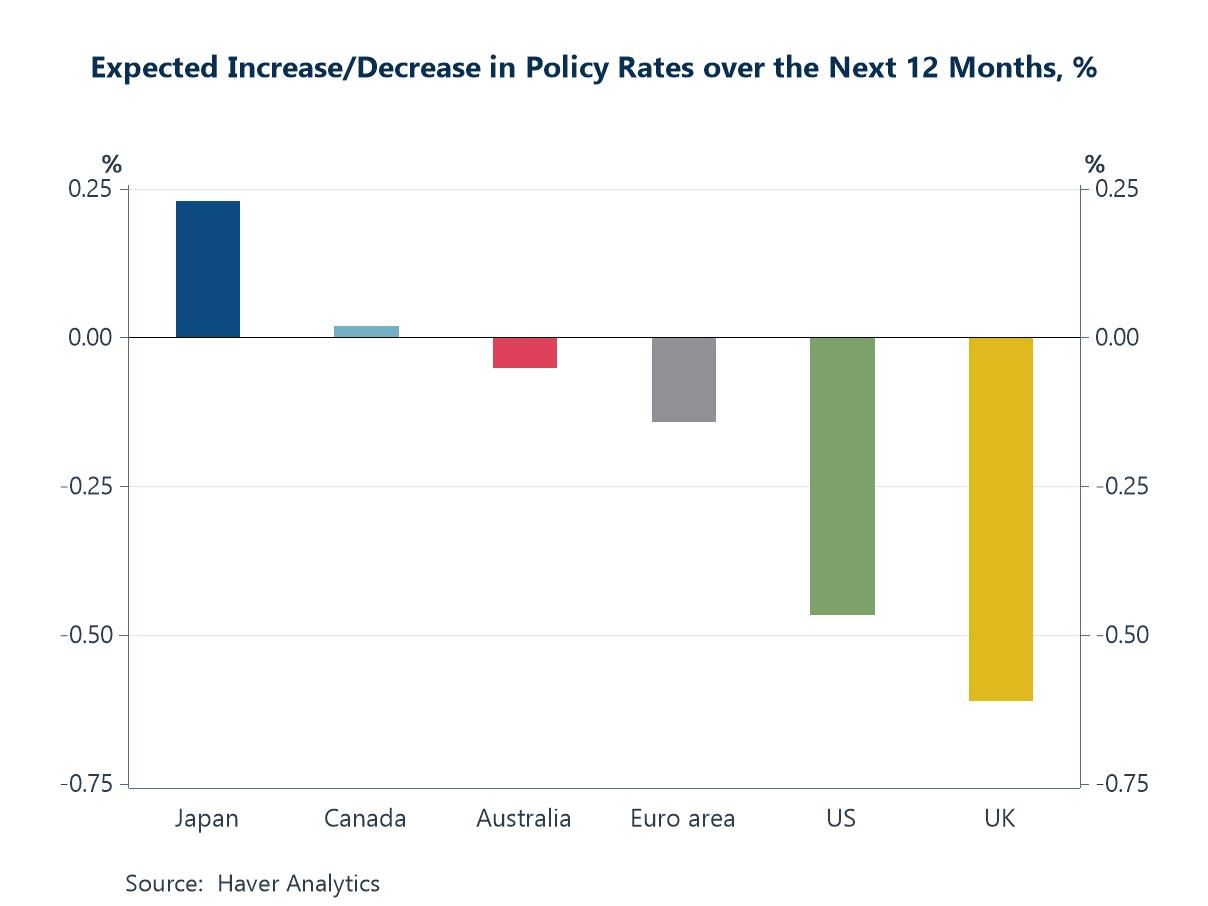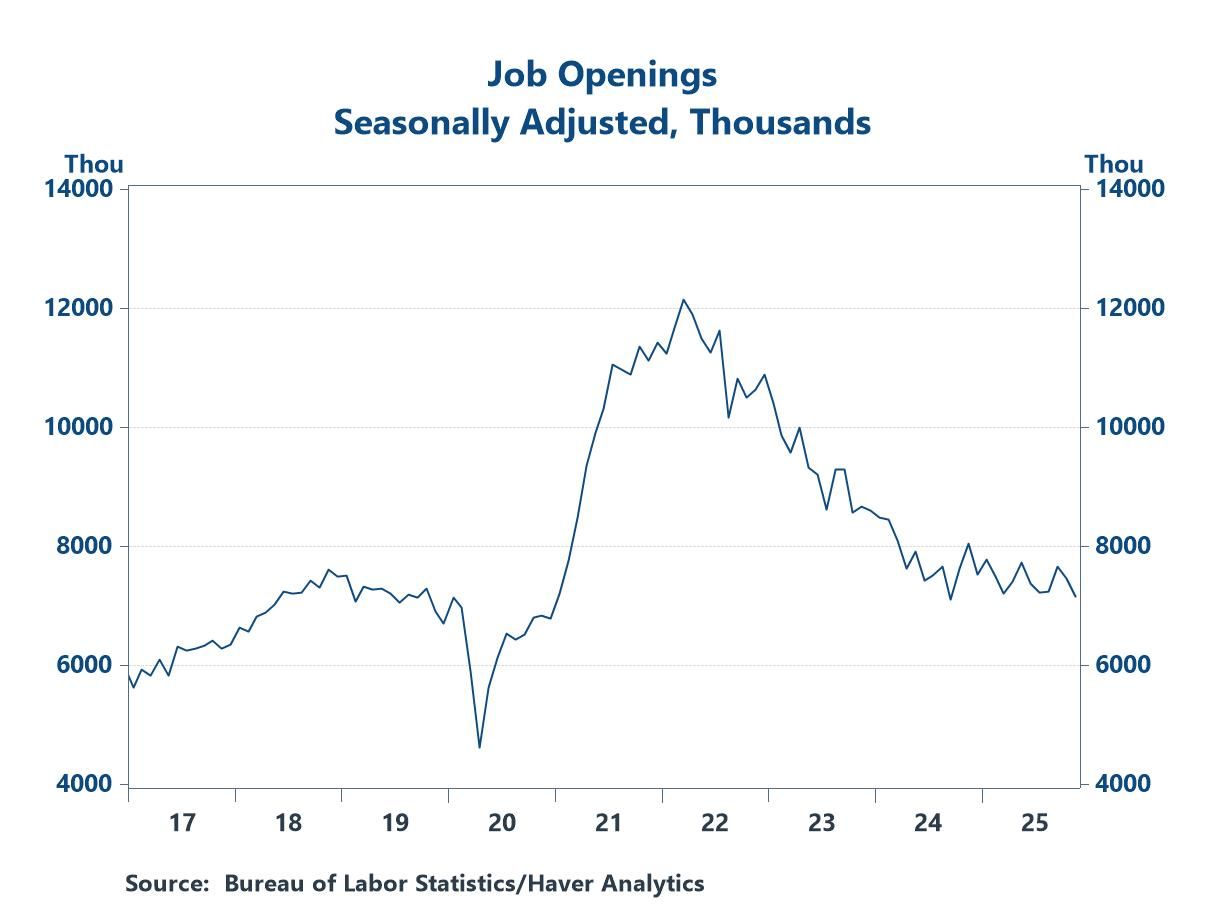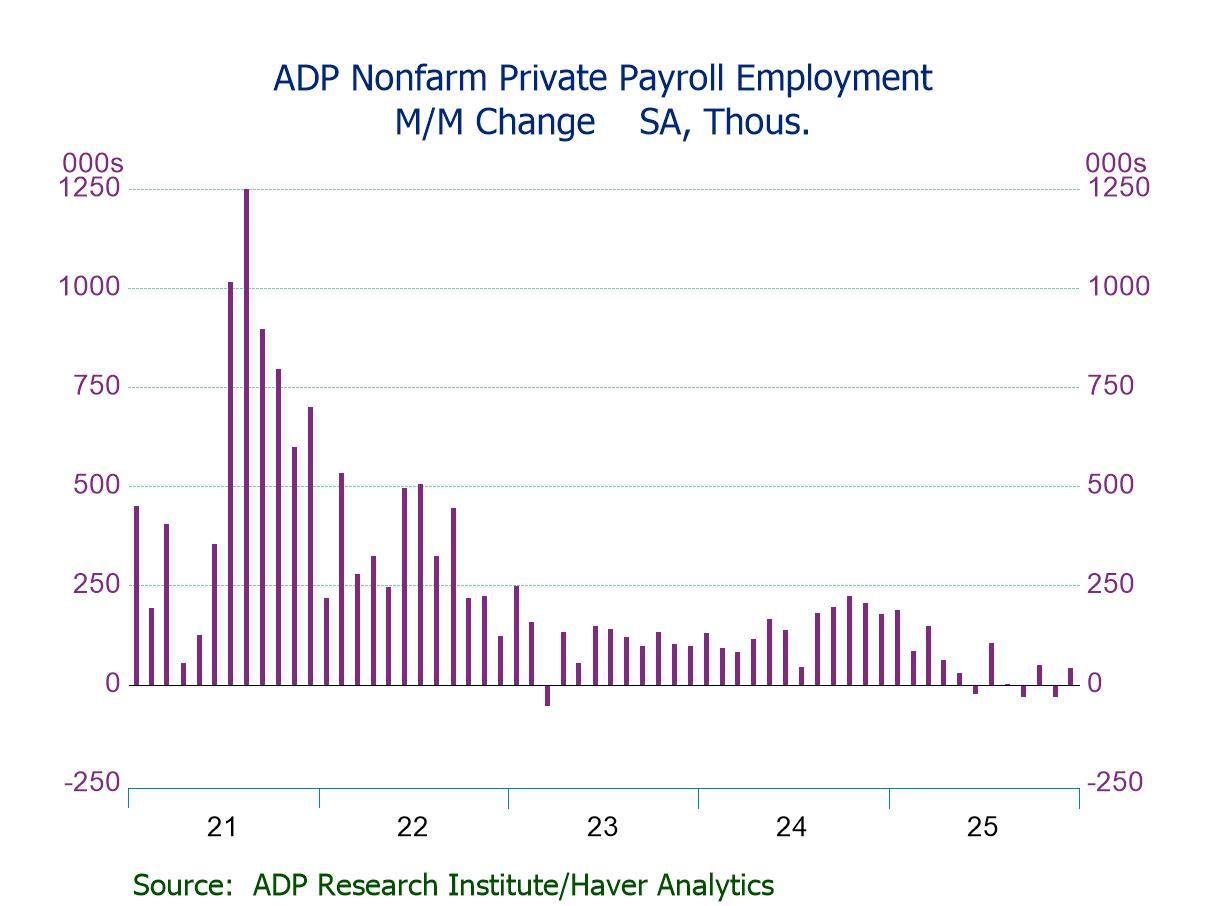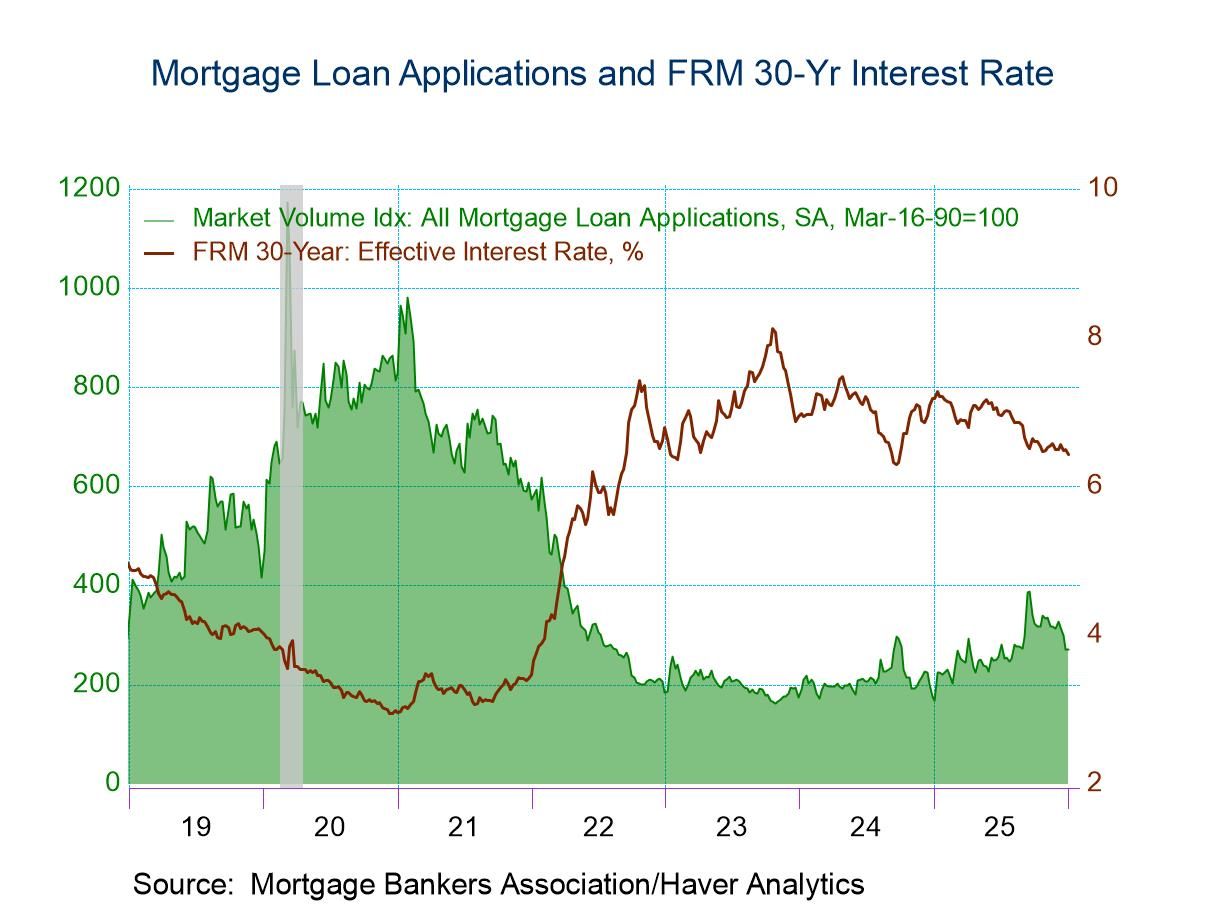 Global| Nov 23 2023
Global| Nov 23 2023Charts of the Week: Stepping Back
by:Andrew Cates
|in:Economy in Brief
Summary
There has been little to dislodge the growing conviction in financial markets about soft landing scenarios over the past few days as data calendars have been thin and policymakers have been relatively quiet. Investors have, therefore, taken their cue from the dataflow that’s been released over the past month suggesting that inflationary pressures are cooling and that further interest rate hikes could now be unnecessary (see charts 1 and 2). We use this opportunity, therefore, to focus this week on some longer-term issues that could potentially generate heightened economic and financial instability in the period ahead. Uncertainty about the economic outlook certainly seems to have been much higher over the past 10 years compared with the norms in prior decades (chart 3). Moreover, the rapid advance – and adoption – of new technology (chart 4), demographic shifts (chart 5) and climate change (chart 6), could intensify this uncertainty in the period ahead.
Data surprises and financial markets Incoming data for US economic growth have held up fairly well relative to expectations over the last several weeks. In the meantime, incoming data for inflation from most advanced economies have been weaker than expected. That combination – firmer-than-expected US growth and weaker global inflation – has helped to fuel a rally in global equity markets, as evidenced in chart 1 below.
Chart 1: Citigroup’s data surprise indexes and global equity markets

US companies’ pricing power That the US Fed, more specifically, may not need to tighten policy too much further was one of the conclusions that may have been drawn from November’s survey of business inflation expectations from the Atlanta Fed. Underlying details of that survey, for example, revealed that firms had reported decreased sales levels and profit margins. Meanwhile, approximately 41% of firms anticipate that sales levels will have little or no influence on prices in the coming period (see chart 2 below).
Chart 2: Atlanta Fed Survey: Sales levels and pricing power

Global economic policy uncertainty The Global Economic Policy Uncertainty Index serves as a tool to quantify the degree of uncertainty surrounding economic policy worldwide. This index is primarily formulated by analysing how frequently specific terms, which signify economic policy uncertainty, appear in prominent newspapers. As shown in Chart 3 below, this index indicates that the level of uncertainty concerning economic policy has significantly increased over the past decade, in comparison to earlier norms. That, in turn, suggests there could be structural factors that may have amplified uncertainty about the global economic outlook.
Chart 3: The global economic policy uncertainty index

Global technology adoption The pace of global internet and mobile phone penetration has been extremely rapid in the last two decades and helped to fuel a globalisation of product, labour and financial markets (chart 4). That access to these communications technologies equally means that other technologies – such as Artificial Intelligence (e.g. ChatGPT) – can now be harnessed too. But while all of this can drive innovation and growth, its disruptive nature can also amplify economic uncertainty in various ways, affecting industries, labour markets, regulatory environments, and overall economic stability.
Chart 4: Adoption of communications technologies

Global demographic projections Global demographic trends are poised to significantly amplify the impact of technological change. As indicated in Chart 5 below, Africa stands as the only major region projected to increase its share of the global population in the coming years. To illustrate, back in 1950, Africa comprised less than 10% of the world's population. As of 2023, this figure has approximately doubled to 18%. Furthermore, projections from the United Nations suggest that by 2030, Africa will represent 20% of the global population, and by 2070, nearly one in three people worldwide will be from the African continent.
Chart 5: Actual and projected regional shares of the global population from 1950 to 2099

Global carbon dioxide emissions These technological and demographic shifts should also be considered in conjunction with climate change and the energy transition. Global carbon dioxide emissions used to be dominated by Europe and the United States. In 1960, for example they accounted for more than 75% of emissions each year. However, this dynamic has shifted significantly in recent decades. The latter half of the 20th century saw a marked increase in emissions from other regions of the world, particularly Asia, with China being a notable contributor. China's move towards industrialization and urbanization, along with the broader globalization of the world economy, has propelled these trends. Reversing these trends, either in China or elsewhere, in ways that might limit emissions in the years ahead will be challenging, to say the very least.
Chart 6: Annual carbon dioxide emissions by global region

Note: The regional data don’t sum to the global total owing to the impact of emissions from e.g. aircraft.
Andrew Cates
AuthorMore in Author Profile »Andy Cates joined Haver Analytics as a Senior Economist in 2020. Andy has more than 25 years of experience forecasting the global economic outlook and in assessing the implications for policy settings and financial markets. He has held various senior positions in London in a number of Investment Banks including as Head of Developed Markets Economics at Nomura and as Chief Eurozone Economist at RBS. These followed a spell of 21 years as Senior International Economist at UBS, 5 of which were spent in Singapore. Prior to his time in financial services Andy was a UK economist at HM Treasury in London holding positions in the domestic forecasting and macroeconomic modelling units. He has a BA in Economics from the University of York and an MSc in Economics and Econometrics from the University of Southampton.






